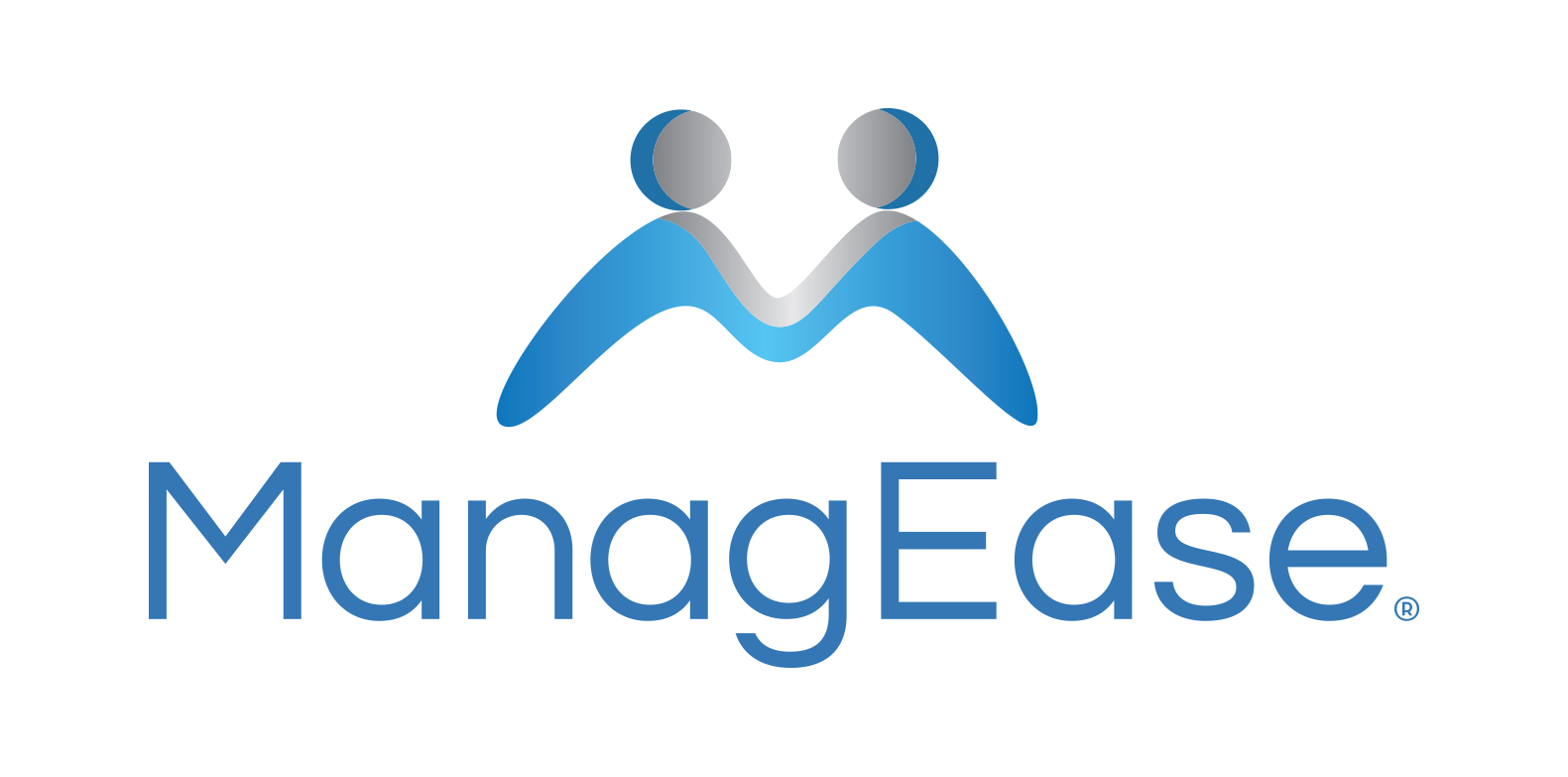EEOC Issues Final Regulations for Pregnant Workers Fairness Act
|
APPLIES TO All Employers with 15+ Employees |
EFFECTIVE June 18, 2024 |
QUESTIONS? Contact HR On-Call |
Quick Look
|
Discussion
Enacted on June 27, 2023, the Pregnant Workers Fairness Act (PWFA) expanded existing law to require employers to provide reasonable accommodation to employees or applicants with known limitations related to pregnancy, childbirth, or related medical conditions with an exception for undue hardship. The Equal Employment Opportunity Commission (EEOC) was tasked with issuing regulations which were finalized on April 15, 2024. The final Regulations are very similar to the proposed Regulations issued in August 2023. Below are some of the most significant requirements under the regulations.
Definitions. The definition for pregnancy and childbirth under the Regulations relate to current pregnancy, past pregnancy, or potential and intended pregnancy. This covers infertility, fertility treatment, and contraception use. The definition of “related medical condition” is a medical condition relating to pregnancy or childbirth of the specific employee. This covers conditions which can include, but are not limited to, miscarriage, stillbirth, abortion, and post-partum complications like anxiety, depression, incontinence, use of birth control, endometriosis, menstruation, and lactation.
The Regulations will also follow judicial interpretation of “pregnancy, childbirth, or related medical conditions” to include abortion. However, the Regulations do not require employers to pay for abortions, provide transportation or otherwise cover costs incurred for abortions. Other terms like “reasonable accommodations,” “interactive process,” and “undue hardship” mirror their definitions under the Americans with Disabilities Act (ADA).
Reasonable Accommodation. Accommodations are to be made following the interactive process for “known limitations” of an employee or applicant, absent an undue hardship to the employer. A “known limitation” is any physical or mental condition related to, affected by, or arising out of pregnancy, childbirth, or related medical conditions and can occur before, during, or post pregnancy. Unlike the ADA, there is no requirement that a “known limitation” substantially limit a major life activity.
Length of Accommodation. The accommodation is for “temporary” limitations but may extend beyond “in the near future.” A limitation is temporary because gestation means employees will be able to perform the essential functions of the job within approximately 40 weeks or less. For situations other than pregnancy, whether it is “temporary” must be determined on a case-by-case basis. Leaves of absence are accommodations of last resort. Employers cannot require leave where another accommodation will allow the employee to continue working.
Job Modification. Certain modifications do not create an undue hardship on the employer and should be granted in nearly all situations. These are: (1) allowing an employee to carry or keep water near and drink, as needed; (2) allowing an employee to take additional restroom breaks, as needed; (3) allowing an employee whose work requires standing to sit and whose work requires sitting to stand, as needed; and (4) allowing an employee to take breaks to eat and drink, as needed. This is in addition to case-by-case determinations as required by the interactive process.
Documentation. Employers can only request documentation when it is necessary to determine whether the employee has a limitation covered by the PWFA. It cannot be required where the limitation is known or obvious, which includes self-confirmation of the pregnancy by the employee. Employers should not request documentation before engaging in the interactive process. When requesting documentation, it must be necessary to confirm: (1) the physical or mental condition; (2) the physical or mental condition is related to, affected by, or arising out of pregnancy, childbirth, or related medical conditions (together with “a limitation”); and (3) the change or adjustment at work needed due to the limitation.
Action Items
- Review the final regulations.
- Review and update procedures for accommodating applicants and employees.
- Train appropriate personnel on the requirements.
Disclaimer: This document is designed to provide general information and guidance concerning employment-related issues. It is presented with the understanding that ManagEase is not engaged in rendering any legal opinions. If a legal opinion is needed, please contact the services of your own legal adviser. © 2024 ManagEase
